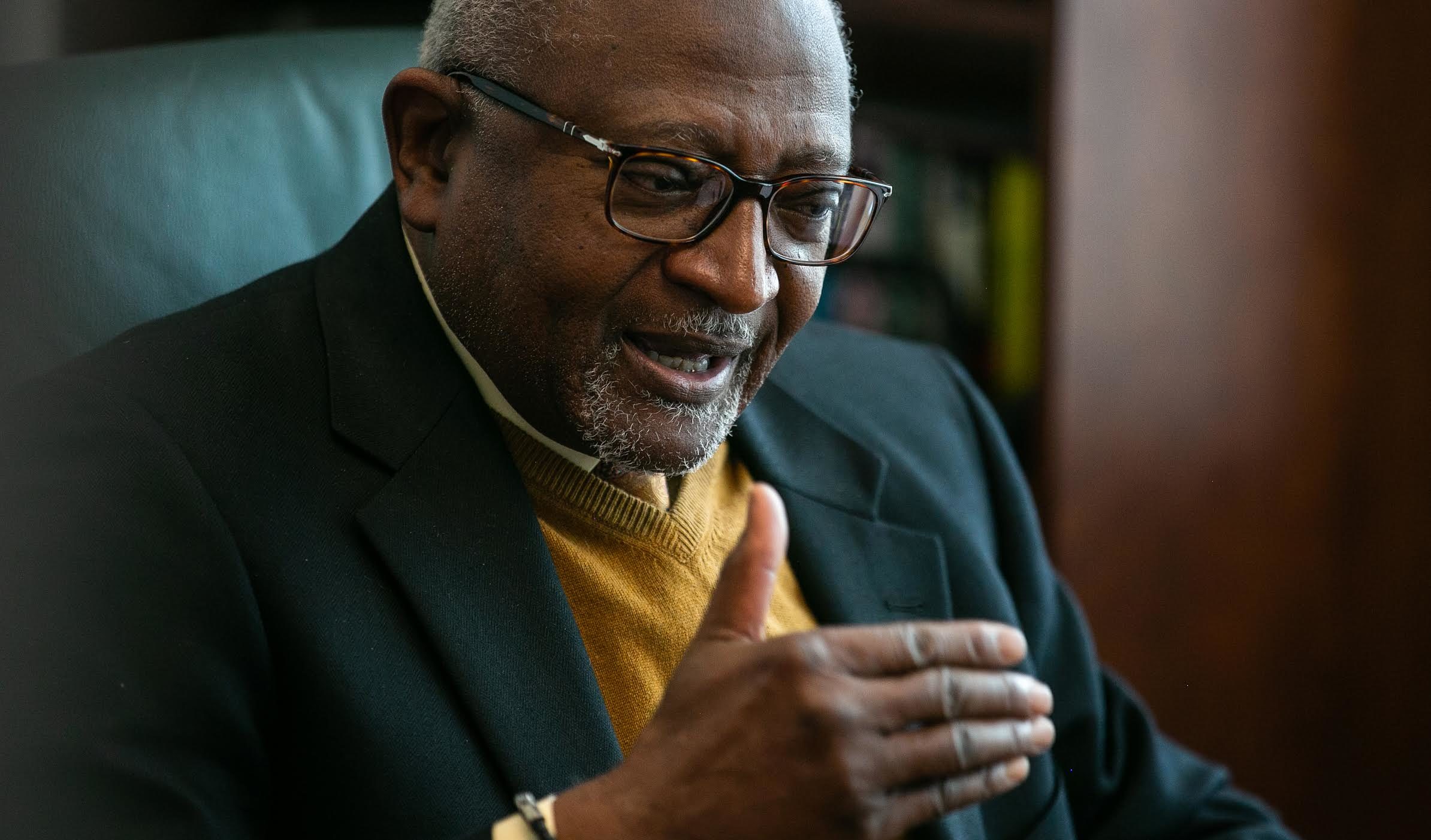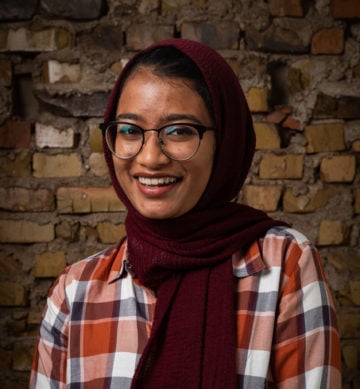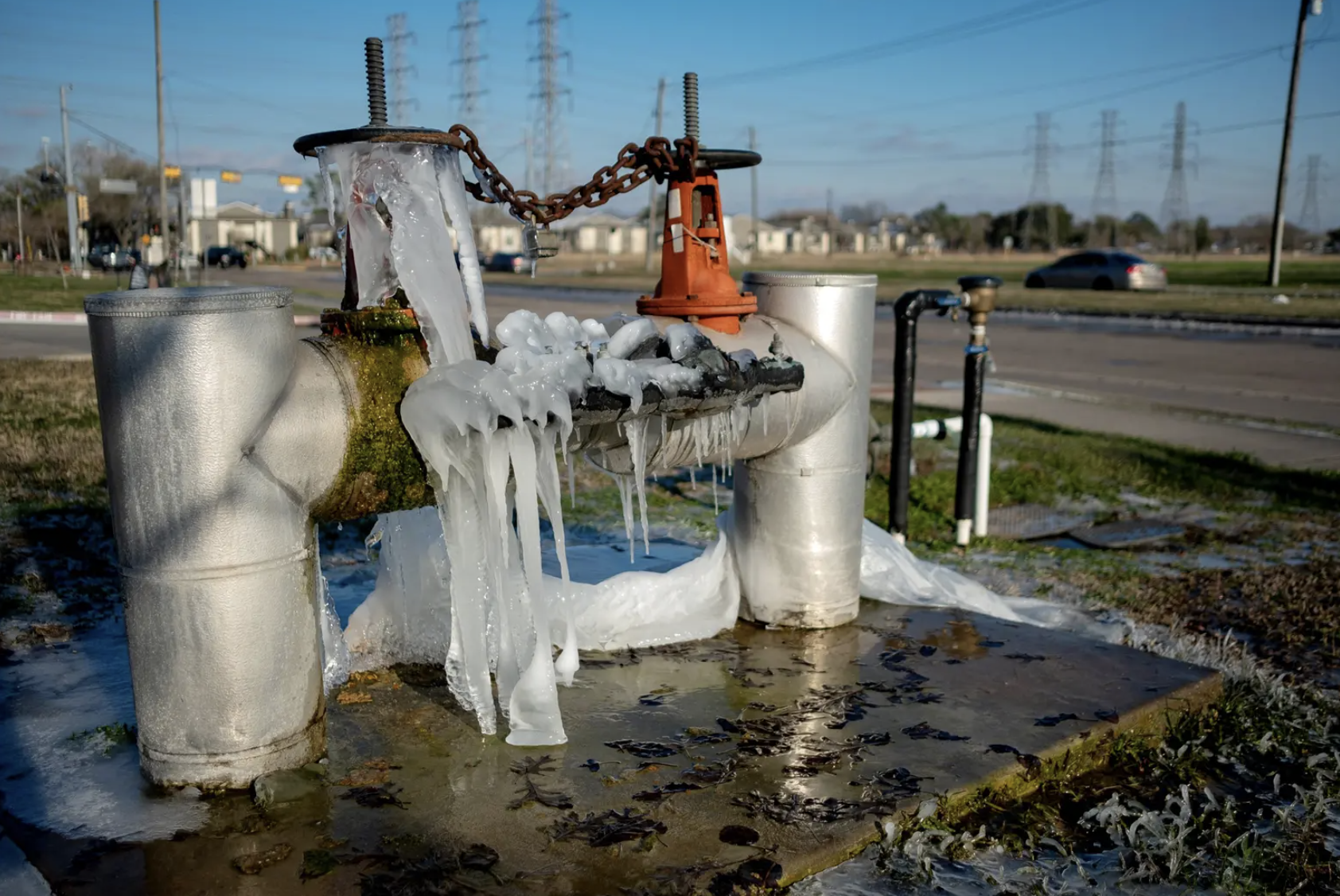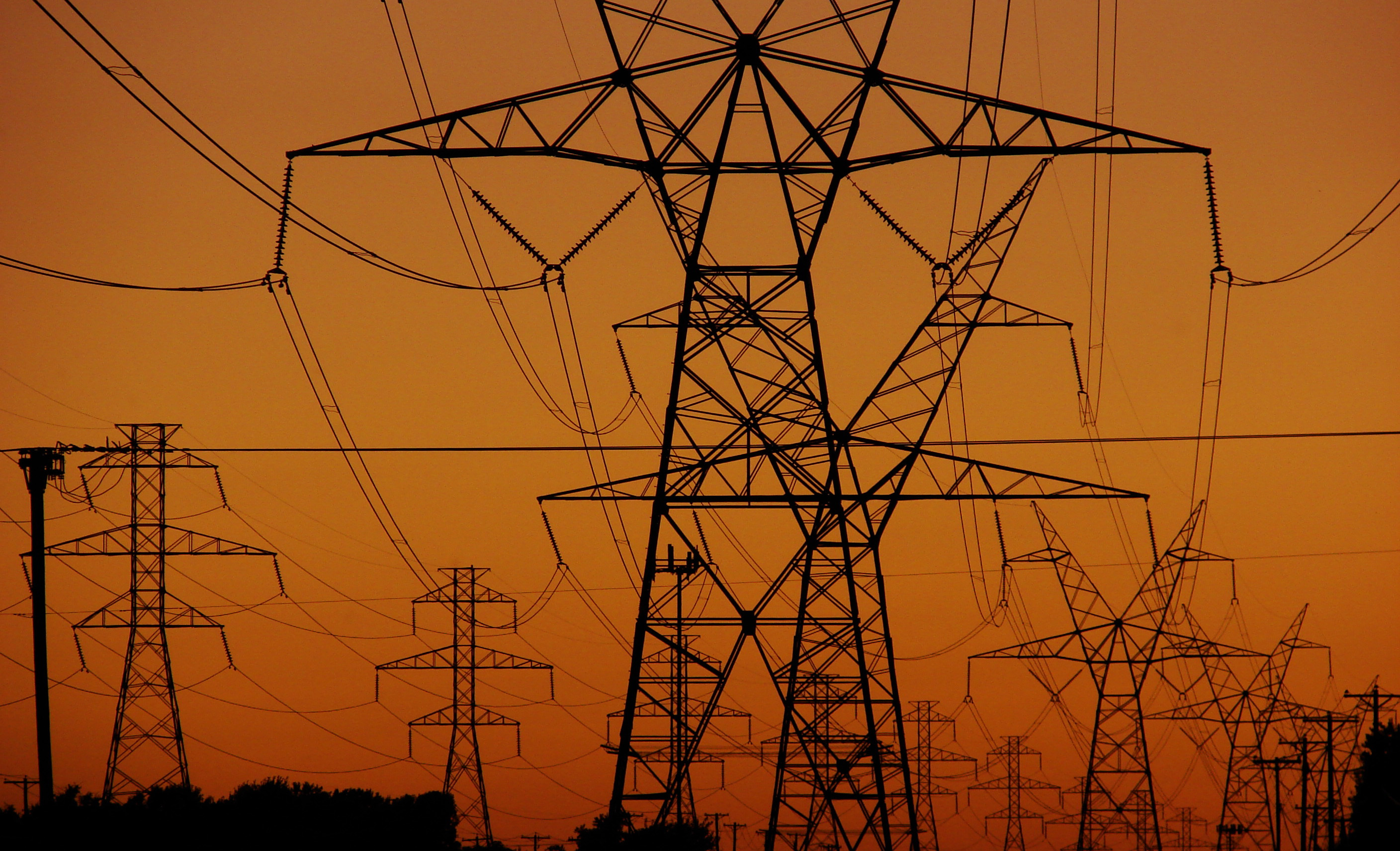In 1979, Robert Bullard and a team of 10 graduate students spent weeks poring over city records, library archives, and microfiche, searching for landfill locations in Houston, a sprawling 557-square-mile city home to nearly 1.5 million people. There was no Google or geographic information systems, no iPhones or laptops. To find a landfill, Bullard and his students had to follow the paper trails of permits, deeds, and licenses. The project took over Bullard’s living room, eating up his weekends and holidays, too.
“Once we put together a list, we had to go, physically, and find the sites and verify that they existed,” recalls Bullard, who was then and is now a professor at Texas Southern University, among the state’s most prominent historically Black colleges and universities. “I told my students, ‘Houston is flat. Anytime you see a mountain, that’s a landfill.’”
Then came the magic markers: Bullard and his students bought a map of the city and color-coded its neighborhoods according to race using census data. Red neighborhoods were more than 50 percent minority, and yellow were less than 10 percent. They plotted the landfills’ locations with pushpins.
Nearly all of the pins landed in the red neighborhoods. Black residents accounted for just over 27 percent of Houston’s population, and yet all of Houston’s five city-owned landfills were in Black neighborhoods. Six out of 8 city-owned incinerators were in the same neighborhoods, and 3 out of 6 privately owned landfills were, too.
“Ironically, the communities that had the landfills also had the worst garbage service,” Bullard says. He’s told this story hundreds of times over four decades, but outrage still lingers in his voice. “Some of these folks could walk their garbage bags to the landfill, but they couldn’t get their garbage picked up by the city. That’s how racism was so ingrained.”
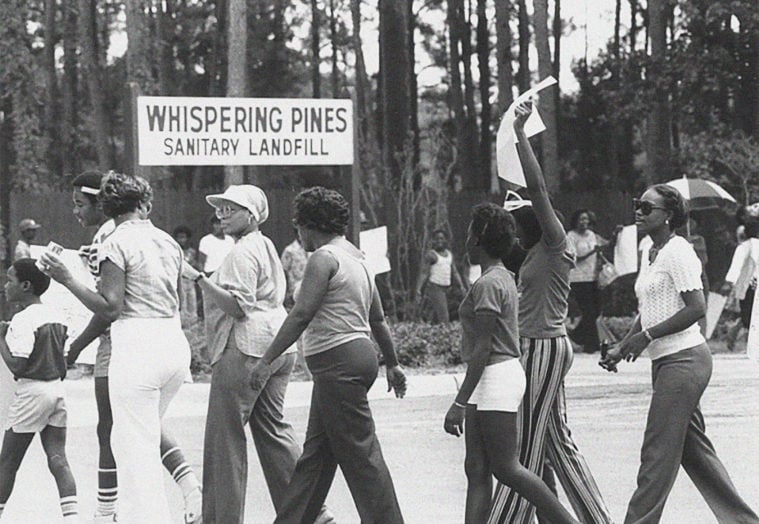
Bullard had started looking at landfills after his then-wife, Linda, an attorney, had sued the City of Houston and Southwestern Waste Management over a proposal to build a landfill in a predominantly Black, middle-class neighborhood called Northwood Manor in northeast Houston. In a 1994 interview, Linda recalled that the landfill company had quietly gone about securing its permits, and residents assumed that a new shopping center would be built instead of a landfill. “The company … was waiting for us. They wanted us to argue the suitability of the site. They wanted us to argue the technical aspects, because we would have lost,” she says. That’s when she knew she had to find another way to sue. So she asked her husband to help her find a pattern to prove that the new landfill, called Whispering Pines, wasn’t an anomaly. If the city had repeatedly permitted landfills in Black neighborhoods but not white ones, that would be a pattern of discrimination that would allow her to sue using the federal Civil Rights Act of 1964.
But the data that Bullard and his students had compiled didn’t hold up in court. “From the evidence before me, I can say that the plaintiffs have established that the decision to grant the permit was both unfortunate and insensitive,” U.S. District Judge Gabrielle McDonald wrote in her decision. “I cannot say that the plaintiffs have established a substantial likelihood of proving that the decision to grant the permit was motivated by purposeful racial discrimination.” McDonald denied a temporary injunction against the landfill’s operator, which had already received a state permit, paving the way for its construction.
The maps and the pins couldn’t definitively prove that anyone—employees at Southwestern Waste Management or City Hall staffers—had intentionally chosen to put Houston’s trash in Black neighborhoods. Even today, communities of color face an uphill battle proving that these decisions, however they were formulated, violate their right to clean air and a healthy neighborhood.
Today, the phrase “environmental justice” is common parlance among environmentalists and climate activists who understand that poor communities and communities of color across the globe will feel the worst effects of climate change. Environmentalists have made strides in embracing racial justice as a part of their mission. But Bullard, now 74, says, with characteristic frankness: “That’s because we kicked them in the ass.” For a significant portion of his career, Bullard and other environmental justice scholars and activists were dismissed by traditional environmental groups, who saw environmental justice as a social issue separate from the effort to protect and preserve natural spaces.
Whispering Pines Landfill is still in operation today. The neighborhood has attracted more industrial facilities over the years. Today, the school across the street is still predominantly Black and Latinx, and more than 95 percent of the student body qualifies for free or reduced-cost lunch programs. A few years after the landfill case, Linda stopped practicing law. But for the better part of the next 40 years, Bullard would keep thinking and writing about landfills. If the rest of America was just as segregated as Houston, was trash ending up in Black people’s backyards all over the country? And how would you even begin to start cleaning it up?
In 1987, a national team of researchers confirmed that the pattern Bullard had discovered in Houston was a nationwide crisis. The United Church of Christ’s Commission for Racial Justice published a report called “Toxic Waste and Race in the United States,” which analyzed the racial makeup of areas surrounding thousands of toxic waste dumps and landfills across America and found they were concentrated in communities of color. It was a watershed moment for the emerging environmental justice movement, providing activists and communities hard numbers that showed the correlation between race and environmental hazards.
The report was catalyzed in part by a high-profile environmental justice fight in Warren County, North Carolina, where the state government had approved a landfill for highly toxic, contaminated soil in a county that was nearly all Black. Bullard and his co-author, Beverly Wright, are cited in the footnotes of the report. By the late 1980s, Bullard and Wright had published a handful of journal articles on environmental justice in the South. But the United Church of Christ’s report unified a national movement out of scattered examples in dozens of Black communities in the South: a lead smelter near public housing in West Dallas, a chemical plant in a small town in West Virginia, waste facilities in Alabama’s Blackbelt, industrial facilities near rural towns in Louisiana.
In 1990, Bullard published one of the first textbooks on environmental justice, Dumping in Dixie: Race, Class and Environmental Quality. Using a handful of case studies, the book centered the experiences of Black Southerners in urban planning and environmental studies, fields that had, until that point, all but ignored their concerns. “When I sent my manuscript for Dumping in Dixie, publishers wrote back to me saying, ‘What is this? There’s no such thing as environmental justice. The environment is neutral,’” Bullard says. That sentiment permeated almost every conversation that Bullard had in the ’90s. Academics and activists pressured the government—and mainstream environmentalists—to simply acknowledge that environmental decisions were often discriminatory.
Bullard and colleagues from the movement met with the Environmental Protection Agency (EPA) to push the agency to recognize the unequal environmental impacts facing communities of color across the nation and played a role in organizing the 1991 First National People of Color Environmental Leadership Summit, which brought together a broad coalition of communities of color and Indigenous people. The summit developed 17 principles of environmental justice that still guide the movement today.
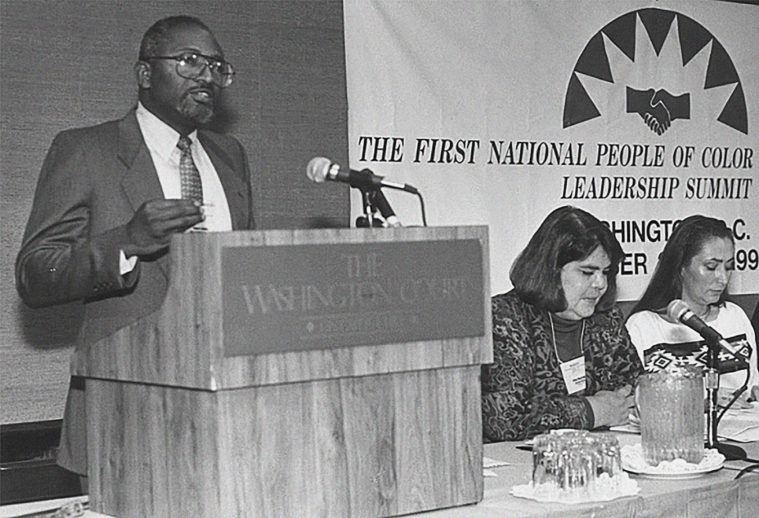
In 1992, then-Senator Al Gore and Representative John Lewis first introduced the Environmental Justice Act, which would have mandated that the EPA track environmental justice communities—those that have experienced a disproportionate pollution burden—and maintain a list of the 100 areas most affected by pollution, while increasing transparency around the permitting of such sites in those communities. It also would have enabled the EPA to collect fines and fees from landfills, refineries, or polluting industrial facilities and to fund local community initiatives for those affected by the toxic sites.
The bill never even got a hearing. Lewis would continue to push for environmental justice protections until his death, in 2020.
In 1994, environmental justice advocates finally won a victory at the federal level. Bullard looked on as President Bill Clinton signed Executive Order 12898, which marked the first time that the federal government formally recognized, and promised to act on, environmental injustices across the nation.
But 27 years later, the executive order has fallen short. Because federal agencies have leeway in how they implement executive orders, it is virtually unenforceable. A report from New York University’s Institute for Policy Integrity concluded that federal agencies have either outright ignored Clinton’s environmental justice order or failed to recognize who the order is intended to protect.
The lack of federal regulation means that most communities of color still can’t fight off new industrial developments. They often don’t have the legal grounds to claim that a refinery or industrial plant has intentionally violated their civil rights, particularly when residential neighborhoods are next to those zoned for industrial use. Stopping a development requires proving that it would violate an existing environmental law such as pollution limits, or by showing that it failed to acquire the requisite permits. There’s also the issue of “legacy pollution,” says Paul Mohai, a professor at the University of Michigan who has long worked with Bullard on environmental justice. Areas that already have a toxic facility tend to attract more industrialization, concentrating the hazards in the same communities for decades on end. “We haven’t even come close to talking about that in policy discussions,” he says.
Without those legal protections, grassroots movements around the country are fighting to right the wrongs of the past and stop pollution from getting even worse. In Louisiana, for example, an industrial corridor near a predominantly Black community has been dubbed “Cancer Alley” because generations of residents near the plastic-manufacturing plants have developed the deadly disease. Last year, the community fought off a new chemical plant, pressuring the U.S. Army Corps of Engineers to rescind its permit. When it did, the agency attributed its change of course to the sensitive wetland ecosystems that could have been affected by the plant, but didn’t mention environmental justice.
So the state is friendly [with industry] , the Texas Commission on Environmental Quality is friendly— who pays the price for this friendliness? It’s the communities on the front line.
In Houston, Juan Parras, the executive director of Texas Environmental Justice Advocacy Services (TEJAS), has spent decades trying to protect the communities downwind of the ship channel’s polluting refineries. Every so often, plants near his home in Manchester seek permits to increase the amount of pollution they can emit; their permits are often approved. “We are in the belly of the beast,” he says. The Houston Ship Channel is one of the busiest ports in the United States, a hub for oil and gas refining and petrochemical production. In Manchester, rates of leukemia and asthma are higher than in areas farther away from the ship channel.
There aren’t many lawyers willing to go up against multi-million-dollar companies like Chevron, Exxon, or Valero on behalf of Manchester residents, Parras says. And his community—predominantly Latinx and low-income, many undocumented—can’t count on politicians, either. “A lot of politicians depend on donations from the industry,” he says. “So the state is friendly [with industry], the Texas Commission on Environmental Quality is friendly—who pays the price for this friendliness? It’s the communities on the front line.”
To this day, low-income communities of color are significantly more likely than white residents to live near hazardous waste and air pollution. Study after study has found that the trend persists not just across Texas cities—Port Arthur, El Paso, Austin, Midland, Lubbock—but also nationwide. According to the most recent EPA data, Houston ranks in the 84th percentile when it comes to people of color living in proximity to hazardous waste nationwide. (A higher ranking indicates a higher exposure.) In The Woodlands, a predominantly white, affluent suburb north of Houston, the ranking for hazardous waste proximity drops to the 16th percentile. Exposure to particulate matter in The Woodlands is in the 4th percentile, compared with Houston’s position in the 89th.
Decades of research have proved the link between long-term exposure to pollution and chronic health conditions. The COVID-19 pandemic quickly proved to be even more deadly in communities of color that already had concentrated pockets of preexisting health conditions such as asthma and chronic lung problems. In November, public health researchers at Harvard University analyzed data from 3,000 U.S. counties and found that long-term exposure to air pollution, specifically tiny particles known as PM 2.5, was associated with increased risk of death from COVID-19. In Houston, Black and Latinx people make up 68 percent of the population but, as of March 31, accounted for 75 percent of the city’s COVID-19 deaths. White residents account for 24 percent of the population, but only 19 percent of the death toll.
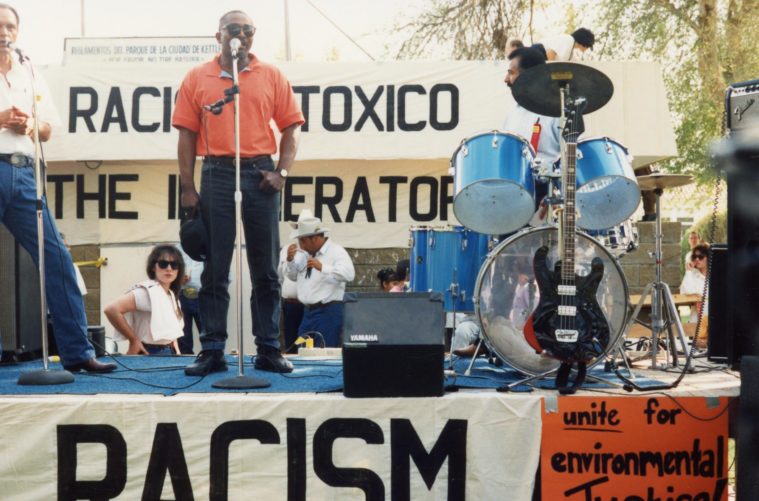
Like pushpins on a magic-marker map, the numbers are stark. “The best way to put it is that these are lessons unlearned,” Bullard says. “The way the pandemic is hitting low-income communities and communities of color—this is not a surprise. It may have shocked some people that don’t recognize the existence of systemic racism.”
In January, the week that we spoke on the phone, Dallas County had gotten into hot water with the Texas Department of State Health Services for attempting to prioritize vaccinations in communities of color on the city’s south side. The state health department threatened to cut the county’s vaccine allocation altogether rather than let the county give low-income communities and communities of color priority—even after weeks of wealthier, white residents receiving the lion’s share of vaccines. Statewide, at the end of March, Black people accounted for 12 percent of the population but 8 percent of vaccinations; Latinx people accounted for 40 percent of the state’s population but 25 percent of vaccinations. The only group that’s overrepresented is white people, who make up 41 percent of Texas’ population but 50 percent of vaccinations.
“You are getting hit with a double whammy of racism, and it’s showing up in terms of health disparities,” Bullard says. After a flood, during a pandemic, Black and brown neighborhoods get hit the hardest. But the funding and resources inevitably flow to wealthy, white communities first. “Money follows money,” Bullard says, “and money follows whites.”
The 2020 presidential election reinvigorated the environmental justice movement. For the previous four years, communities of color watched the Trump administration roll back what little protections they had, including standards governing air pollution. Calls for a federal environmental justice law grew louder, amplified by the Black Lives Matter protests following the death of George Floyd. To Bullard, it’s something of a magic moment, despite the compounding tragedies. “There is an understanding that racism is stamped in America’s DNA, that racism impacts every aspect of our lives. We are not making this up,” he says.
President Joe Biden has so far appointed one of the most diverse Cabinets in American history: Michael Regan is the first Black man to lead the EPA, and Deb Haaland is the first Indigenous person to lead the Department of Interior, which oversees federal lands and works with Native American tribes.
This year, Biden signed an executive order establishing an environmental justice office within the Justice Department and an office of climate and health equity in Health and Human Services. The order also mandates that 40 percent of the benefits from new climate investments “flow to disadvantaged communities.” In March, Biden announced the White House Environmental Justice Council, which will advise the administration on implementing Clinton’s executive order as well as Biden’s commitments to environmental justice communities. Bullard,
Parras, and Austin-based activist Susana Almanza will represent Texas on the committee.
But executive orders aren’t enough. “They don’t have the permanence of law,” Mohai says. “They don’t go further than the agencies the president is in charge of.” At most, an executive order is “a declaration of good intentions,” he says—and communities of color deserve more than that.
Federal legislation could specify concrete environmental justice goals, he says, such as reducing pollution burdens in specific communities, and ways to measure those goals. And importantly, legislators typically write in funding measures for such laws, while executive orders can’t create sources of funding. In January, Senators Ed Markey and Tammy Duckworth and Representative Cori Bush, all Democrats, introduced the Environmental Justice Mapping and Data Collection Act, which would create a comprehensive and uniform mapping tool to identify environmental justice communities nationwide, and then direct federal funding toward the communities highlighted in Biden’s new executive order. With more public attention on the issue, and a Democratically controlled House, the bill might have a fighting chance.
I don’t think there’s anyone on the planet who has done more to raise the visibility of this issue.
But Texas was a thorn in the side of Barack Obama, the last Democratic president who tried to implement sweeping environmental policy changes. Texas sued the Obama administration over climate and environmental regulations 27 times. A week after Biden took office, Governor Greg Abbott announced that he was planning to sue the administration over any new environmental regulations. For the second session in a row, state Representative Ron Reynolds, a Democrat from Fort Bend County and the only Black lawmaker serving on the Legislature’s energy and environment committees, introduced a bill that would create an environmental justice advisory committee at the state level. In previous sessions, the committee chair never granted Reynolds’ bill a hearing. “Most of my colleagues don’t know anything about environmental justice,” he says. “This is not a priority for them.”
A generation of younger activists are expanding the boundaries of environmental justice that started with Bullard’s research. Today, they push for climate justice, too, recognizing that communities of color will bear the most risk in a hotter world with more weather extremes. In Texas, chapters of the Sunrise Movement, a youth-led climate action organization, have attracted people who see the links between green energy, fair housing, and health care as crucial to a better future. It might seem harder to fight on all those fronts, but it’s part of Sunrise’s overall strategy, says Neha Desaraju, a high school senior and a Sunrise communications coordinator based in Dallas, to push the political boundaries of what’s possible.
In El Paso, Miguel Escoto co-founded the city’s Sunrise chapter after graduating from St. Edward’s University in Austin and moving back to his hometown. “I had always cared about climate change, but it was always philosophical and abstract,” he says. Escoto was more interested in immigration issues, including undocumented residents’ rights in the border city. But in Austin, working with local grassroots groups and reading about how climate change would have an impact on global migration helped him connect the dots. Climate change will likely cause millions of people in the Pacific Islands, South Asia, and Latin American countries to flee their homes in the face of stronger, more frequent natural disasters.
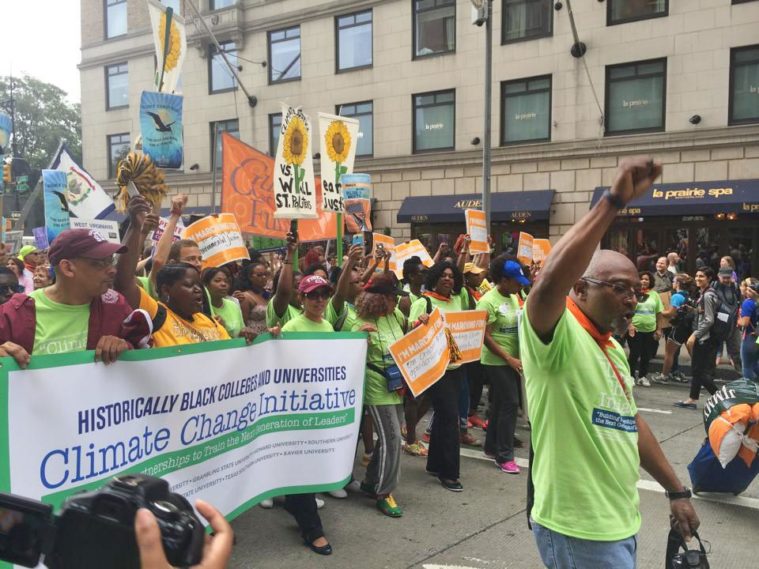
Closer to home, Escoto realized that the Marathon Refinery, which he’d driven past dozens of times as a child, was located in a mixed-immigration status El Paso neighborhood. Many of the residents who were most exposed to the plumes of pollution from the oil and gas facility were undocumented, so they were reluctant to speak up, Escoto says. But there were already environmental groups tackling the issue—and Escoto wanted the local Sunrise chapter to amplify their efforts. So he’s helped energize young people to organize social media campaigns and participate in public hearings on new industrial developments and in protests supporting the communities fighting for clean air.
Escoto, who is 23, had always intended to head to law school soon after college, but his advocacy with Sunrise, along with clerking at a local law firm, eventually led to a full-time job with Earthworks, an environmental watchdog group, where he helps track pollution violations in the nearby Permian Basin. “The current youth movement wouldn’t exist without organizers who have been doing this,” Escoto says. “It gets lost in the ‘OK, boomer’ memes, but awesome, radical boomers laid the groundwork.”
These days, Bullard is back at Texas Southern University, where he teaches classes and takes meetings on Zoom throughout the day. After leading his own research center at his alma mater, Clark Atlanta University, and serving as the dean of TSU’s School of Public Affairs, Bullard returned to the classroom in hopes of creating a pipeline of BIPOC leaders in environmental justice and all the fields it touches: law and engineering, urban planning, and health care.
“What gives me hope is that young people have fewer wedge issues than my generation,” he says. Polling has shown that millennials and Gen Zers are more likely than older generations to believe that the government can and should solve problems like climate change and racial inequities. Movements like Sunrise are more diverse than their predecessors, like Greenpeace or the Sierra Club.
In December, the United Nations Environment Program awarded Bullard its Lifetime Achievement award. “Bullard’s research into environmental justice in the USA has influenced global research into similar practices impacting minority and low-income communities in other countries,” says Inger Andersen, the executive director of the UN’s Environment Program. “Professor Bullard’s work has, in my view, ushered in a third wave of the human rights movement, with growing recognition that all people have a human right to a healthy environment.”
“He’s the most remarkable person I’ve met in my lifetime,” says Mohai, the University of Michigan professor. “He is really a standout in terms of his ability to focus attention on the issues and lead people into action. I don’t think there’s anyone on the planet who has done more to raise the visibility of this issue.”
When I ask Bullard what the UN award means, after decades of fighting for the concept of environmental justice to gain traction, he says he didn’t do the work for the awards and recognition. Still, “it made my day,” he says. “It was an honor.” And then he deflects: “Even with the pandemic and everything, the world on lockdown—the work goes on. The work goes on.”
Deep Indigo Collective is a visual storytelling resource supporting news outlets reporting on the local impacts of environmental threats and the climate crisis. As a 501(c)(3) organization, Deep Indigo is proud to produce original visual journalism on behalf of our editorial partners across the United States.
